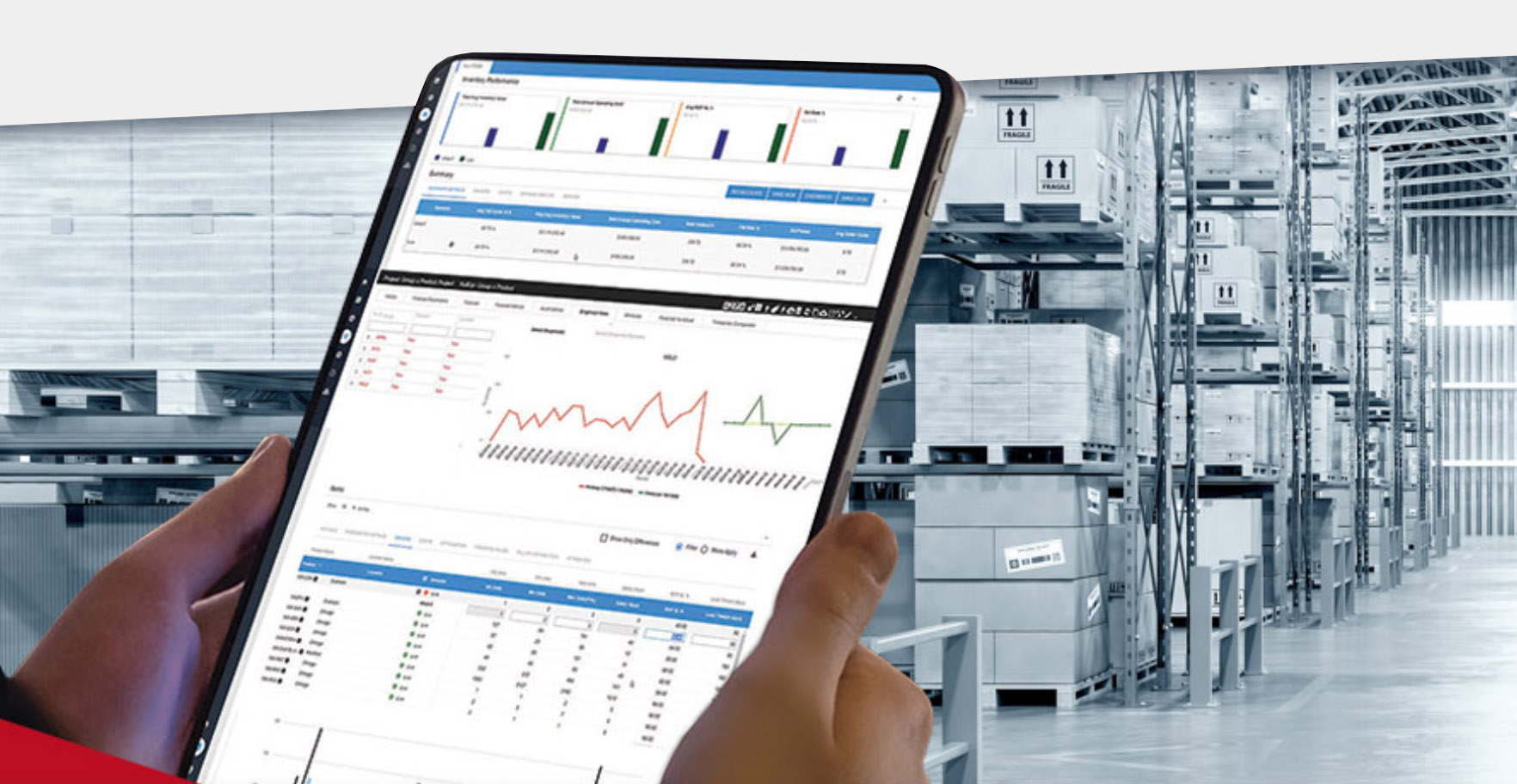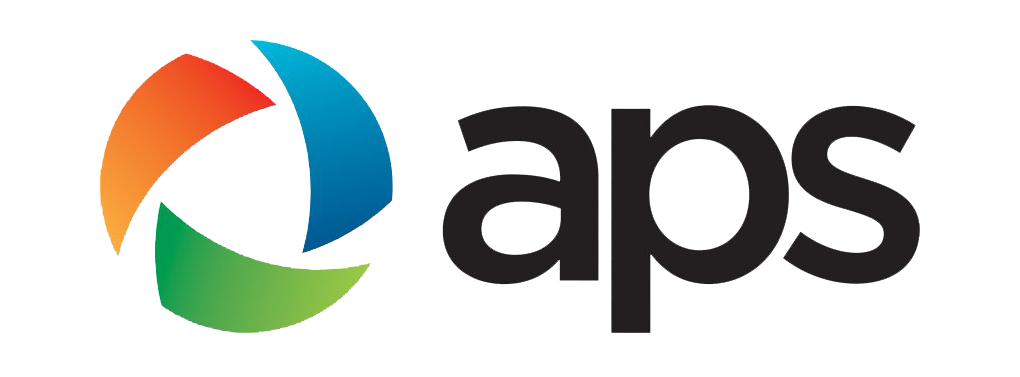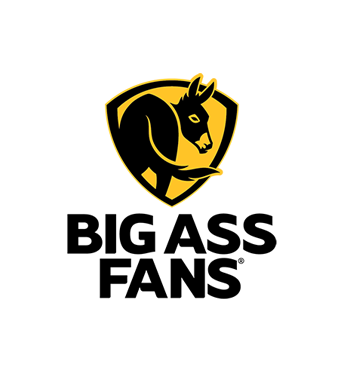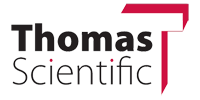Smart Demand Planner™ is een oplossing voor consensusvraagplanning en statistische prognoses die beschikbaar is op Smart's Inventory Planning and Optimization Platform, Smart IP&O. Smart Demand Planner, mogelijk gemaakt door de SmartForecasts® Engine, stemt strategische bedrijfsprognoses op elk niveau van uw producthiërarchie af met gedetailleerde prognoses van de artikelmix om de prognosenauwkeurigheid te verbeteren. Het biedt een statistisch verantwoorde, objectieve basis voor uw verkoop- en operationele planningsproces (S&OP).
Overzicht en functies van Smart Demand Planner
Collaborative Planning
Deze optionele add-on biedt functionaliteit voor het delen van prognoses en het ontwikkelen van consensus binnen het platform. Geautoriseerde gebruikers kunnen momentopnamen van prognoses markeren voor gezamenlijke beoordeling. Ontvangers worden gewaarschuwd wanneer prognoses worden gedeeld. De lead demand planner kan met een paar muisklikken goedkeuren welke overschrijvingen moeten worden geaccepteerd en het definitieve consensusplan opstellen.
Hiërarchische prognoses
Creëer elke prognosehiërarchie van productfamilies: per productgroep/artikel of artikel/regio, klant en meer. Wijzig de hiërarchie automatisch in een oogwenk om geaggregeerde prognoses voor elke groepering te bekijken.
Voorspelling overschrijft
Pas uw prognoseresultaten direct op het scherm aan op basis van uw zakelijke kennis en nieuwe informatie die niet is vastgelegd in eerdere vraaggegevens. Dit ondersteunt realistischere prognoses en beter geïnformeerde planningsbeslissingen. Alle prognosewijzigingen worden automatisch bijgehouden en bewaard voor hergebruik in volgende planningsperioden.
Embedded Parameters
Maakt grootschalige aanpassing van prognoses op item-voor-item basis mogelijk. Gebruikers kunnen prognosemodellen, stopdatums, hoeveelheid te gebruiken historische gegevens en meer specificeren.
Uitzondering werkbank
Scheidt alle items die door de gebruiker gedefinieerde drempels overschrijden voor verandering in prognose vs. voorgaande perioden, wijziging in prognosenauwkeurigheid vs. voorgaande perioden, wijziging in vraagvolume vs. voorgaande perioden en meer.
Automatische statistische prognoses
Selecteert de beste prognosemethode voor uw gegevens en verwerkt alle berekeningen, waarbij trends en seizoenspatronen eenvoudig worden verwerkt. Prognoses worden automatisch berekend en op de achtergrond opgeslagen als onderdeel van het gegevensimportproces.
Top-down/bottom-up prognoses
Configureer uw hiërarchie om automatisch top-down of bottom-up prognoses te genereren. Automatische afstemming zorgt ervoor dat wijzigingen die op elk niveau in de prognose zijn aangebracht, correct worden gedistribueerd.
Prognose auditrapporten
Documenteert informatie over uw prognoseresultaten, zoals de gebruikte prognosemethoden, de nauwkeurigheid van de prognoses en de hoeveelheid historische gegevens die zijn gebruikt om de prognoses te genereren.
Prognose Rollen
Maakt verschillende gebruikerstypen mogelijk met verschillende prognoserollen, zoals Forecast Lead, Forecast User en Forecast Viewer.
Vraagprofilering
Artikelen worden automatisch geanalyseerd en gecatalogiseerd in vraagattribuutcategorieën zoals totaal volume, gemiddeld volume, vraagpatroon (vlak, trending niet-seizoensgebonden, trending seizoensgebonden, trending en seizoensgebonden, seizoensgebonden niet-trending of intermitterend).
Gepatenteerde intermitterende vraagvoorspelling
Biedt u de meest nauwkeurige manier om verkopen te voorspellen wanneer de vraag naar producten onregelmatig is en een groot deel nulwaarden heeft. Dit patroon is typerend voor reserveonderdelen en items met een groot ticket.
Voorspellingsmomentopnamen
Sla een willekeurig aantal alternatieve prognoses op en bekijk ze naast uw huidige prognose. Veelgebruikte momentopnamen zijn baseline-, samenwerkings-, S&OP- en budgetprognoses.
Gegevens filteren en sorteren
Filter op elk attribuut of numerieke waarde. Identificeer eenvoudig uitzonderingen door te sorteren op voorspellingsfout, voorspellingssommen en meer.
Promotie- en evenementmodellering
Voorspel automatisch de vraag op basis van promoties. Ondersteunt alternatieve promotiescenario's voor elke SKU in uw database.
Transactie inzoomen
Drill in maandelijkse/wekelijkse buckets om de transacties te bekijken waaruit de vraag bestaat. U kunt het totale aantal geplaatste bestellingen zien, het bedrag van elke bestelling en de klant die deze heeft besteld. Uitstekende functie om te bepalen of een vraagpiek zich waarschijnlijk zal herhalen.

De impact van een verbeterde Demand & Inventory Planning
Door rekening te houden met inherente vraagpatronen, zoals trends en seizoensinvloeden, evenals externe en interne feedback over evenementen/promoties, worden onverwachte verkooporders geminimaliseerd die anders zouden worden nabesteld of verloren zouden gaan. Door de voorraadparameters strategisch te plannen, besteden planners minder tijd aan het beheren van de output van hun ERP en hebben ze meer tijd om zich te concentreren op activiteiten met toegevoegde waarde. Er wordt ook veel tijd bespaard door het aantal noodgevallen waarbij de voorraad niet op voorraad is te verminderen.
Wanneer u in staat bent om de verwachte vraag en waarschijnlijke bereiken te modelleren en te communiceren, samen met de precieze afwegingen tussen serviceniveaus en voorraadkosten in uw strategische voorraadplannen, zult u consensus bereiken tussen alle belanghebbenden. Zodra echte consensus is bereikt, weet de organisatie waar risico's waarschijnlijk zijn en waar niet, en kan dienovereenkomstig plannen
Klanten die onze demand en inventory forecasting software gebruiken
Neem vandaag nog contact met ons op voor meer informatie
Vraagt u een demo aan, dan laat een van onze specialisten u aan de hand van uw eigen inventory data zien hoe Smart u daarbij kan helpen!







